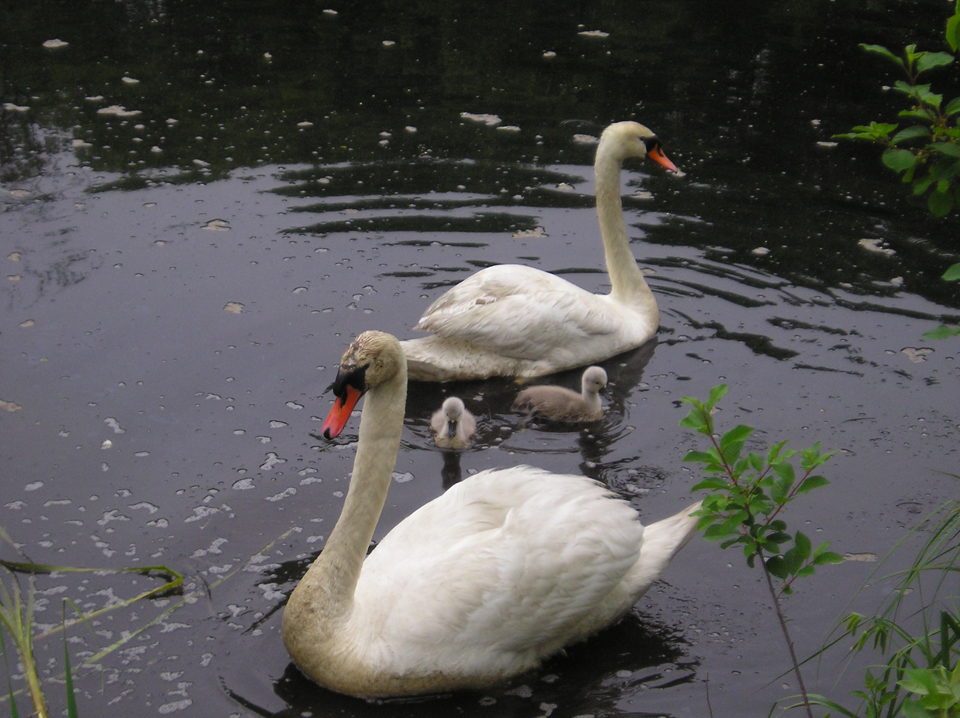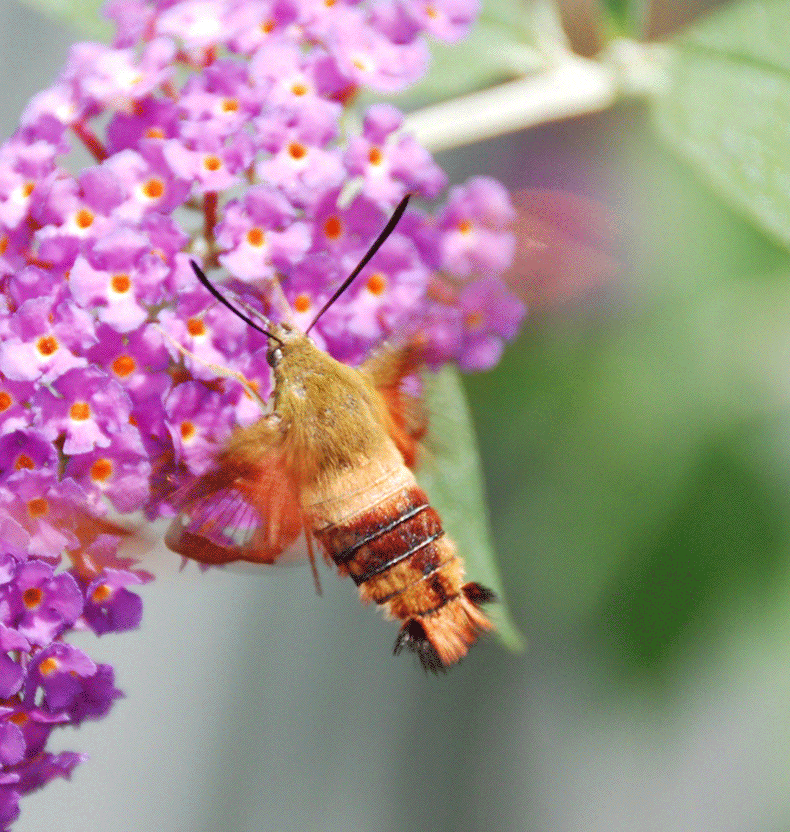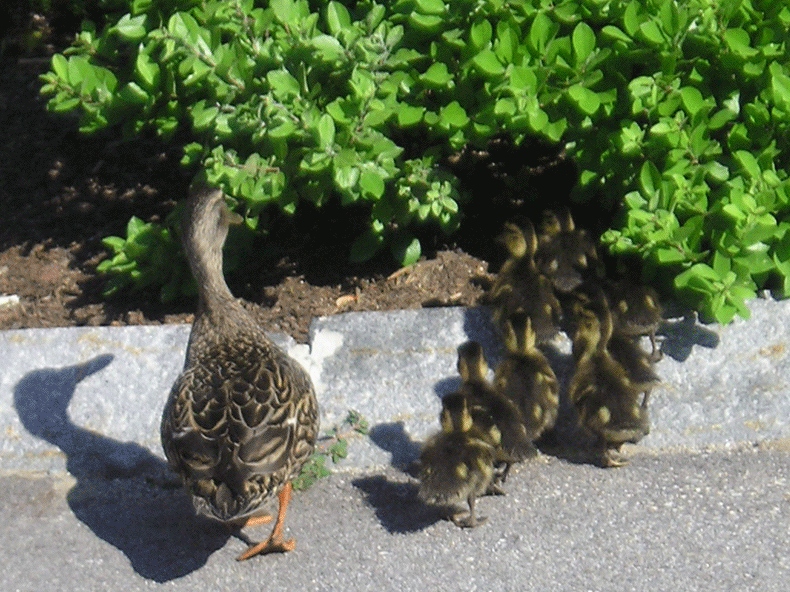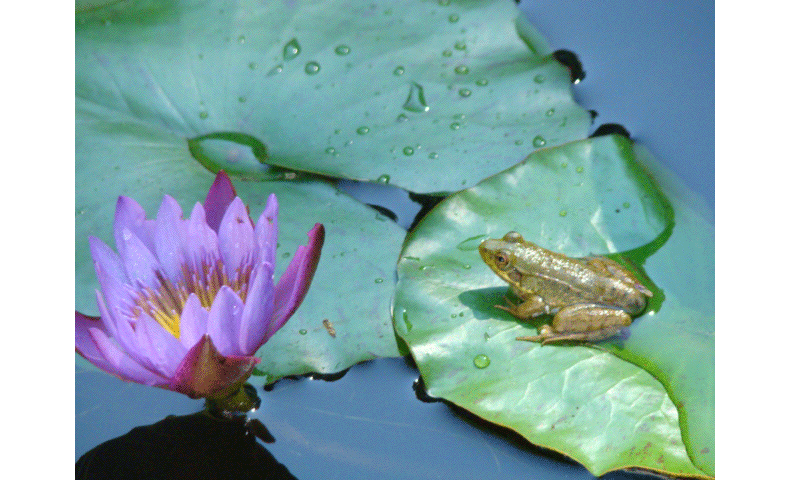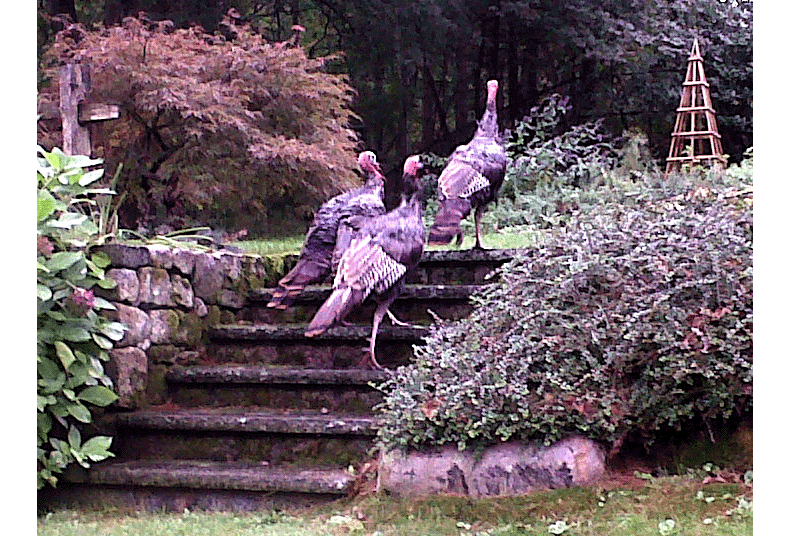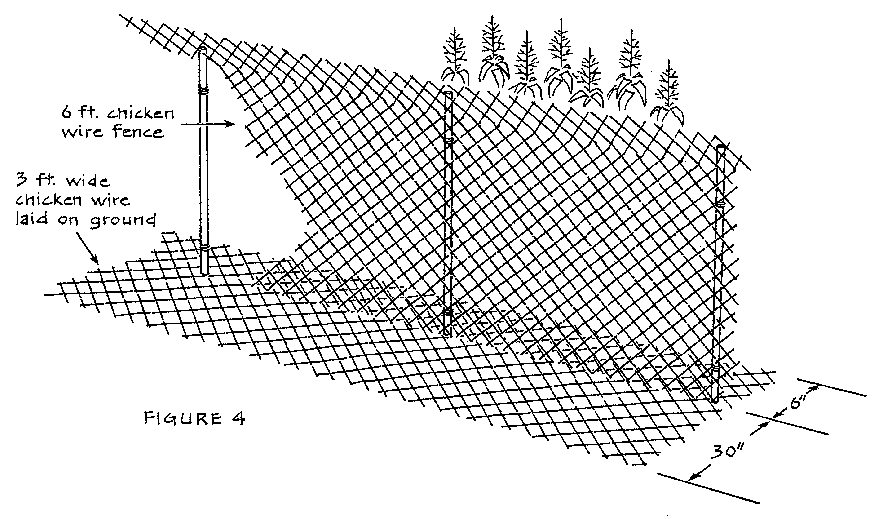Blog
Hummingbird Moth
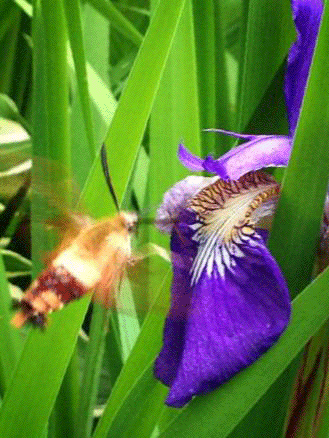
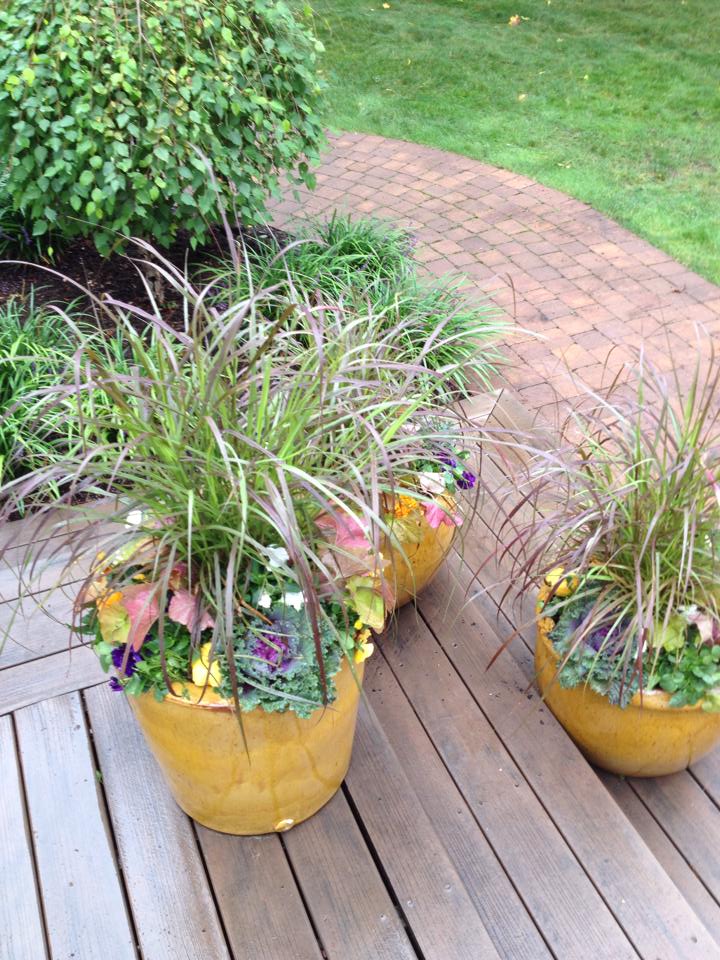


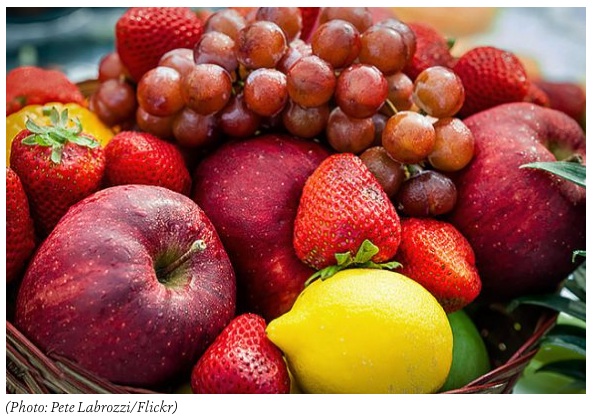
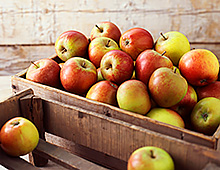
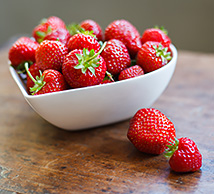


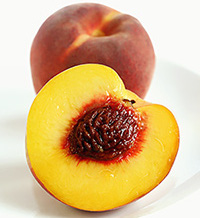
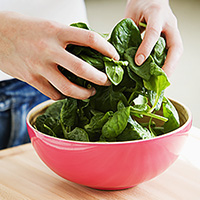
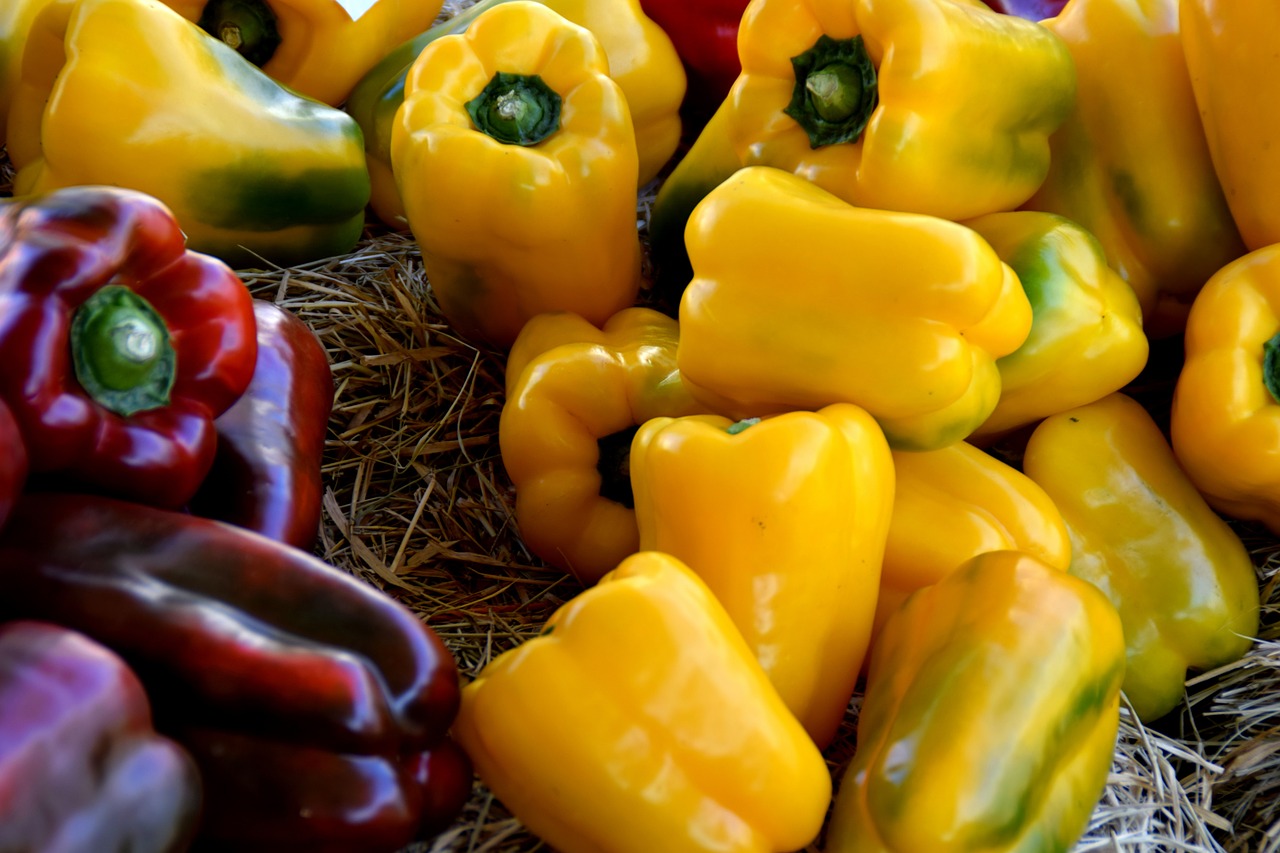

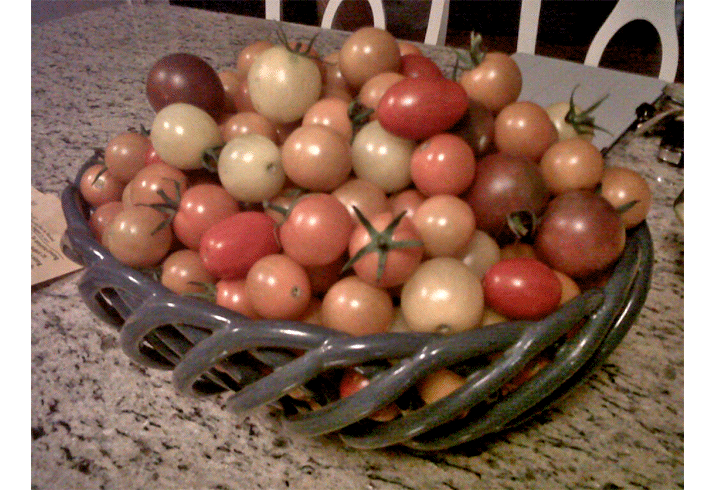

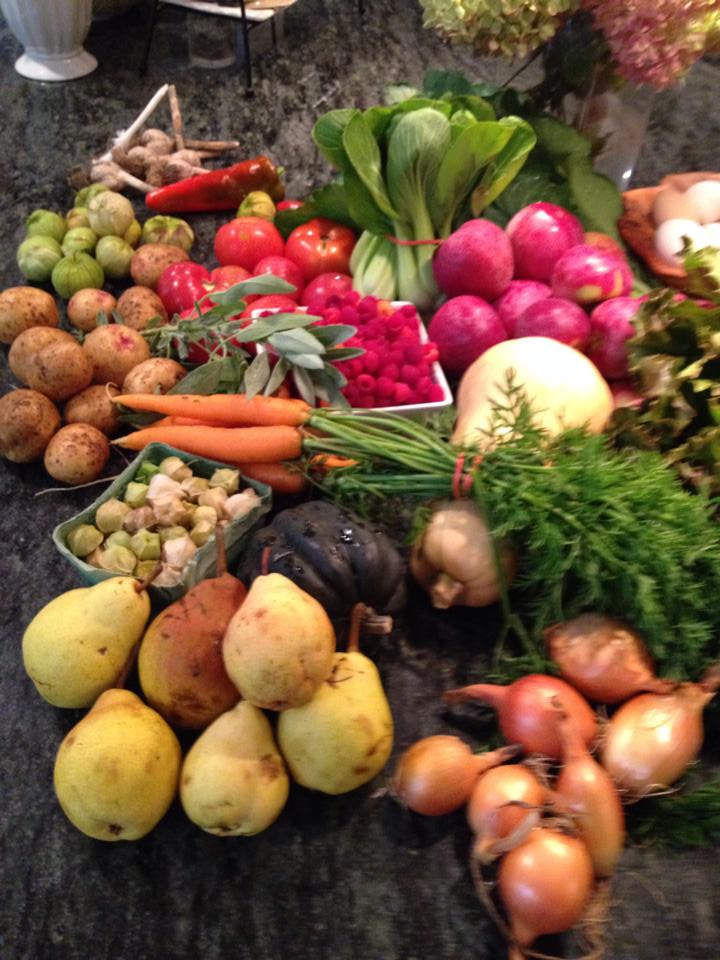

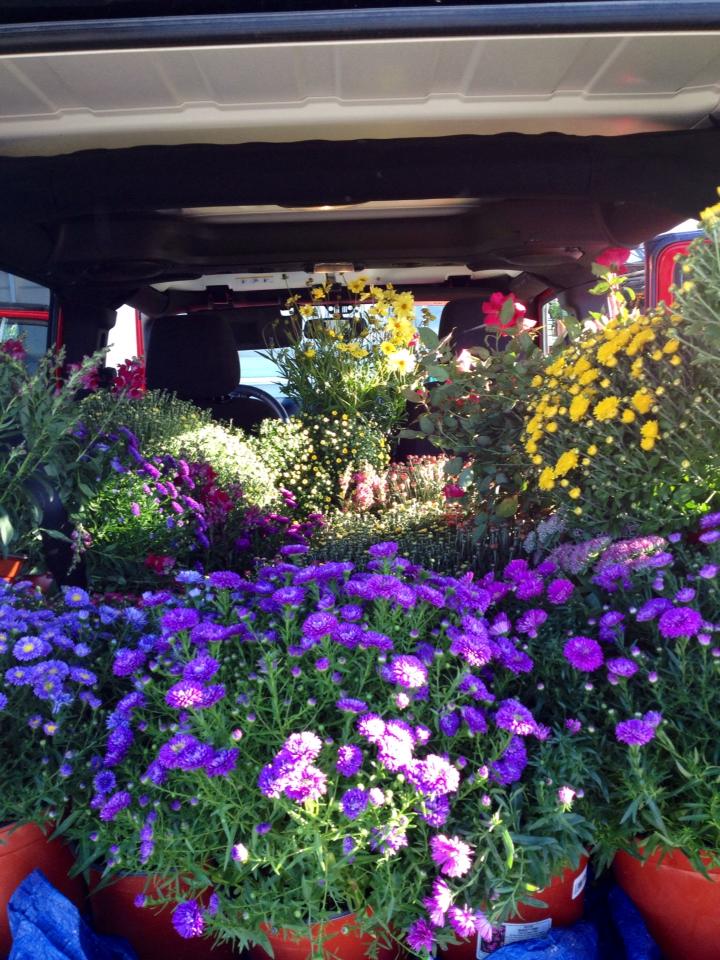
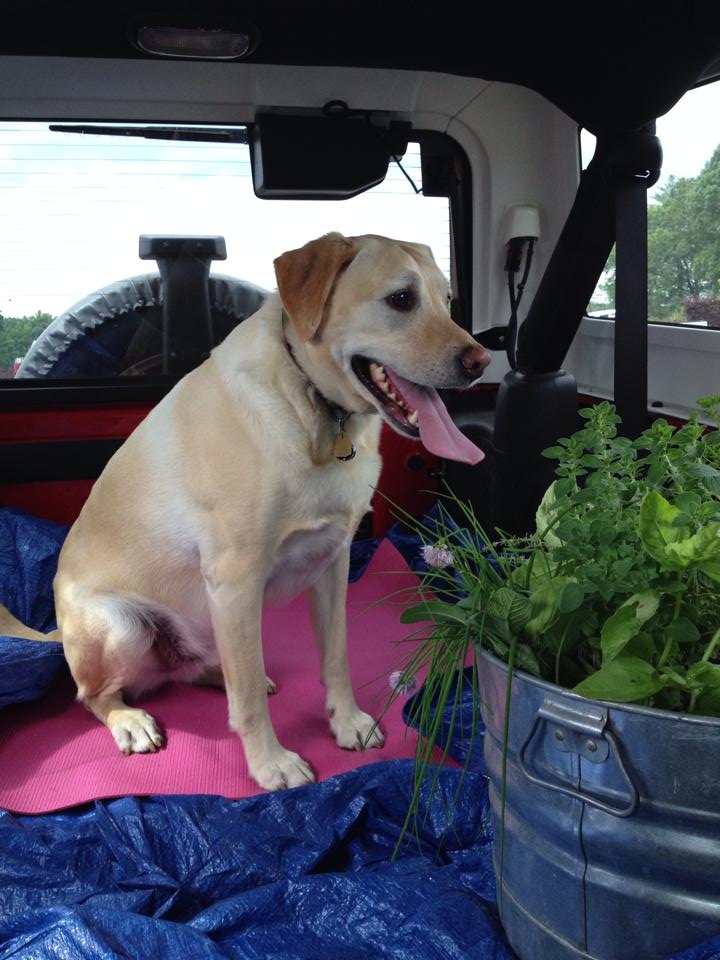
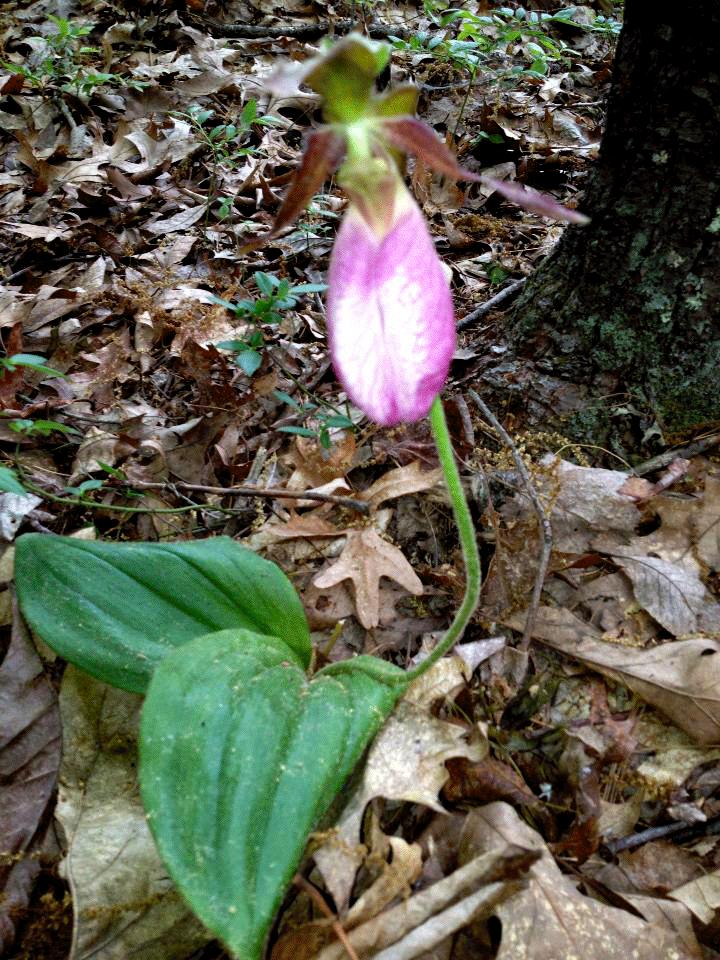
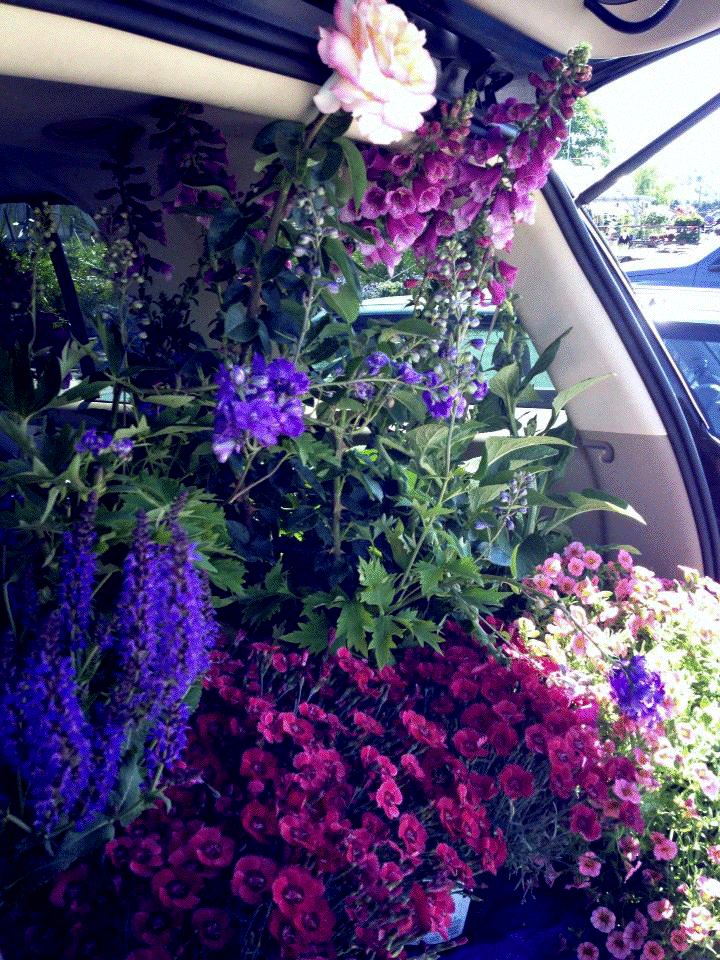

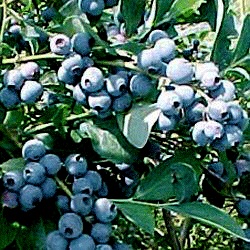 Native to the North American landscape, blueberries are truly an All-American food. For many years nutritionists and researchers ignored the tiny blueberry because of its relatively low vitamin C content. However, what these people did not know was that the healthful benefits of blueberries stem mainly from their incredibly high levels of antioxidant phytonutrients.
Native to the North American landscape, blueberries are truly an All-American food. For many years nutritionists and researchers ignored the tiny blueberry because of its relatively low vitamin C content. However, what these people did not know was that the healthful benefits of blueberries stem mainly from their incredibly high levels of antioxidant phytonutrients.